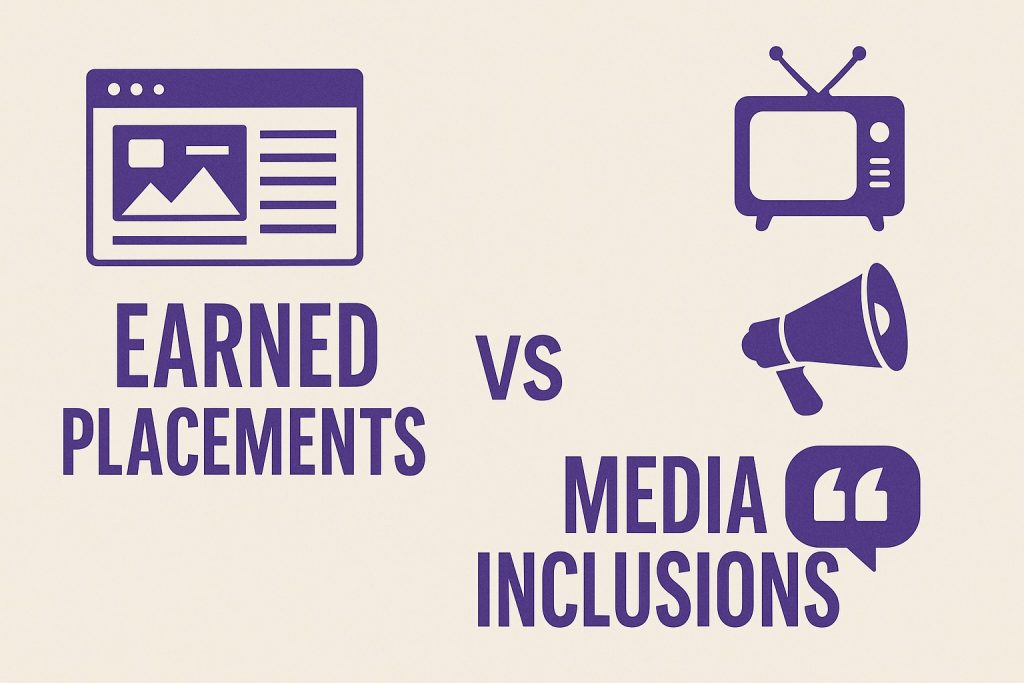It’s that time of year, again! PSLs, sweaters and when healthcare and health tech companies gear up for the final industry conferences of the year: STAT and HLTH.
In what is expected to be a crowded space, STAT and HLTH are prime platforms for companies to showcase their innovations, connect with industry leaders and leave a lasting impression.
In my last Bospar Blog entry, I spoke about how brands can stand out on the expo floor, and part of standing out is leaning into topical conversations that media are covering. Finding a way to organically fit into these conversations is part of having a successful conference, and the first step is to identify key trends emerging at STAT and HLTH.
Navigating AI and Automation
Americans have lofty goals for how healthcare will be delivered in the future, with the metaverse opening people’s minds to endless digital and AI-generated possibilities to transform how healthcare services are received. We can expect many booths, sessions and demos showcasing AI-powered tools that improve diagnostics, personalize treatment plans and streamline administrative tasks. Companies are likely to highlight innovations in AI that drive efficiency and enhance patient care, from real-time data analysis to predictive analytics.
Reporter Taryn Plumb of VentureBeat recently wrote an article on the challenges and triumphs of gen AI’s impact on healthcare. The story notes the potential and promise of AI from diagnostics to scanning medical images and analyzing MRIs, X-rays and tissue samples, and says AI can increase patient outcomes. Beyond patient care, AI can streamline workflows from the front office to the back office, helping to alleviate the mounting work of administrative staff.
But AI also has its challenges. One is the lack of human interaction. Healthcare is personal; AI doesn’t come equipped with compassion and understanding, virtues at the heart of healthcare.
Building Healthcare Equity
Rising healthcare costs may be driven in part by advancements in medical technology, our aging population and the burden of chronic disease, in addition to health literacy, income and wealth gaps. Healthcare equity appears to be regressing as healthcare costs go up and medical professional availability goes down. Wait times to see a provider are lengthy and rural hospital closures are expanding the impact of this, meaning people will have to travel even further for healthcare.
There is a greater need to automate and customize communications based on social determinants of health, such as language and literacy, and to identify eligible patients and connect with them in their preferred language, to healthcare services. Conversations around healthcare disparities will likely be a continuing topic at these conferences as companies look for solutions aimed at improving access to healthcare for underserved populations. Innovations that leverage data analytics to address these vulnerable populations will be spotlighted, as healthcare organizations seek to create more inclusive care models.
Treating Disease with Food
Specifically at HLTH, attendees will notice a new pavilion: Food as Medicine. In a movement towards proactive wellness, nutritional science and health technology companies are innovating around how food can be the cornerstone of preventive health and therapeutic strategies for a healthier population that puts less of a strain on the healthcare system.
A recent Forbes article by surgeon and former U.S. Senate Majority Leader and Chair of the Global Board of The Nature Conservancy Bill Frist highlights the growing movement of using food as medicine to address the obesity epidemic and related chronic diseases, including cardiovascular disease, diabetes and hypertension. The article notes data that presents an unhealthy America, with close to 42% of adult Americans being obese, and the excessive cost to the healthcare industry of $1 trillion per year driven by obesity-related healthcare and food system costs.
The article further details how food can be used to prevent and treat illnesses, noting that while prescription drugs like GLP-1 class medications (e.g., Wegovy and Ozempic) are becoming common for weight loss, dietary interventions are more affordable and sustainable. With the Food as Medicine pavilion debuting at HLTH this year, companies will feature innovative approaches to supporting overall health and wellness that ultimately complement and enhance current medications.

Identifying key topics of conversation at both STAT and HLTH will be important to a winning conference strategy, and that is where PR can help!
Now is the time to develop unique commentary that sets you apart from your competitors. Be bold and stand out. Elevate your commentary by weaving in 2025 predictions. Media are hungry for futuristic commentary that helps define what healthcare looks like in the new year.
However you build your conference strategy, just note that you need to lace up those shoes and be ready to run! These conferences clock upwards of 20,000 steps, which gives an idea of just how well-attended both conferences can be.
Healthcare clients rely on the Bospar PR and marketing team to help build buzz, maintain a positive reputation, develop messaging and create social media and contributed content.
We would love to chat with you to see how we can support you at your future conferences.




